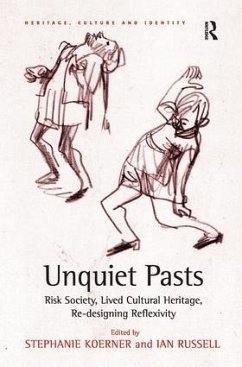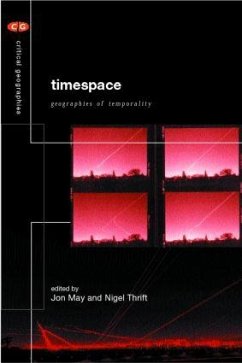
Divided Spaces, Contested Pasts
The Heritage of the Gallipoli Peninsula
Versandkostenfrei!
Versandfertig in 1-2 Wochen
55,99 €
inkl. MwSt.
Weitere Ausgaben:

PAYBACK Punkte
28 °P sammeln!
The Gallipoli peninsula in Turkey was the site of one of the most tragic and memorable battles of the twentieth century, with the Turks fighting the ANZAC (Australian New Zealand Army Corps) and soldiers from fifteen other countries. This book explores the history of its landscape, its people, and its heritage, from the day that the defeated Allied troops of World War One evacuated the peninsula in January 1916 to the present. It examines how the wartime heritage of this region, both tangible and intangible, is currently being redefined by the Turkish state to bring more of a faith-based appro...
The Gallipoli peninsula in Turkey was the site of one of the most tragic and memorable battles of the twentieth century, with the Turks fighting the ANZAC (Australian New Zealand Army Corps) and soldiers from fifteen other countries. This book explores the history of its landscape, its people, and its heritage, from the day that the defeated Allied troops of World War One evacuated the peninsula in January 1916 to the present. It examines how the wartime heritage of this region, both tangible and intangible, is currently being redefined by the Turkish state to bring more of a faith-based approach to the secularist narratives about the origins of the country. It provides a timely and fascinating look at what has happened in the last century to a landscape that was devastated and emptied of its inhabitants at the end of World War One, how it recovered, and why this geography continues to be a site of contested heritage. This book will be a key text for scholars of cultural and historical geography, Ottoman and World War One archaeology, architectural history, commemorative and conflict studies, European military history, critical heritage studies, politics, and international relations.














